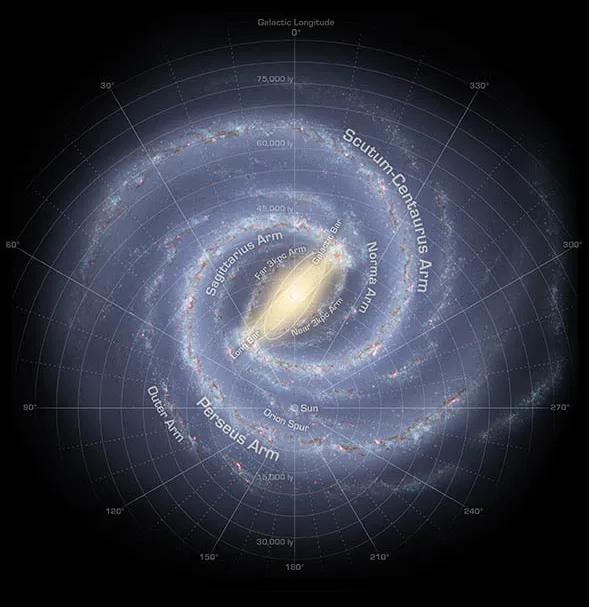Star Light, Star Bright, Here’s Why the Heavens Look Brighter Tonight
It’s not just because the air is clearer
/https://tf-cmsv2-smithsonianmag-media.s3.amazonaws.com/filer/86/91/8691e421-caec-4c78-b692-8157dfc06bd7/42-54626291.jpg)
For stargazers, the months of December, January, and February are a treat not only because they have some of the most spectacular meteor showers of the year, but because the stars themselves seem to shine just a little bit brighter. But while conventional wisdom holds that cold winter weather makes for better viewing conditions, that’s not the whole story, as Deborah Byrd writes for EarthSky.org.
No matter where you are on the planet right now, if you look up at the stars they might seem just a little bit brighter than at other times of the year—from those in the North, bundled up against the cold, to those in the South, soaking in the sun. While different atmospheric conditions like humidity and haze do affect night views to a degree, that doesn’t explain everything.
So what is going on? The Earth's night sky now faces away from the center of the Milky Way, out to one of its spiral arms, Byrd writes. Known as the Orion Arm or Orion Spur, this outer arm of the galaxy is much less densely populated by stars than the center.
You might think that the brightest stars would come from the heart of the galaxy, and in a way, you would be right. During the months of June, July, and August, as Earth's night sky faces the galactic center, billions of stars crowd the view. But as it turns out, the light from that wealth of stars actually tends to muddle the view, according to Byrd.
It's a bit like looking right at a floodlamp during a football game, writes Byrd. But if you turned off most of the bulbs in the giant floodlamp, with only a few shining bright, it would be easy to pick out the individual bulbs.
During December, January, and Feburary, though, the Earth's night sky faces the opposite direction: away from the galactic center and out towards the nearby spiral arms. Because there are relatively fewer stars from this view, the ones we can see at night appear brighter because they don't have to compete with the bright center of the Milky Way. Against the backdrop of deep space and with less competition in the telescope lens, the stars we can see at this time of year can pop out even more.
There are plenty of other factors that can affect one’s view of the night sky, including light pollution, humidity and atmospheric haze. But if you’re looking for a sharper view of the stars, now might be your best bet.
